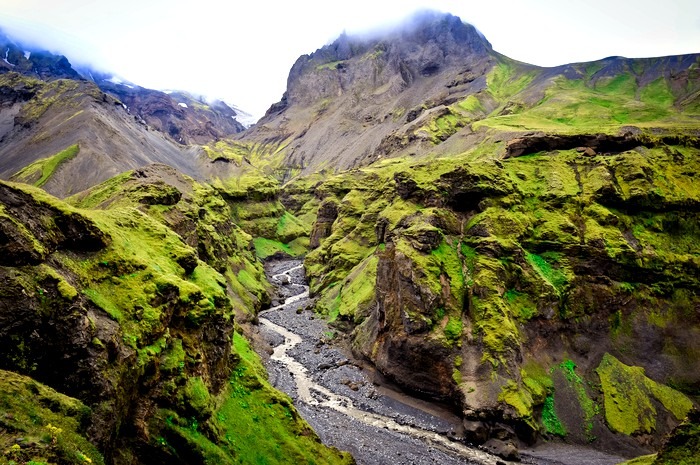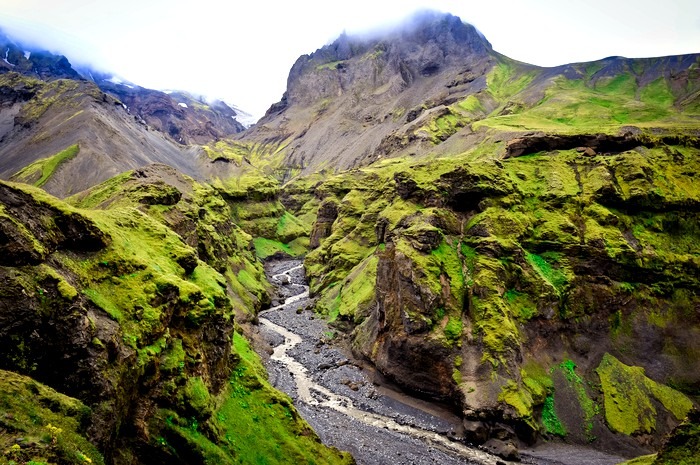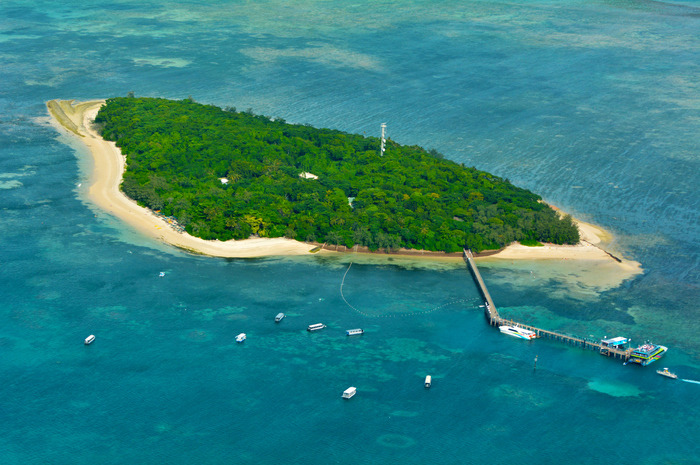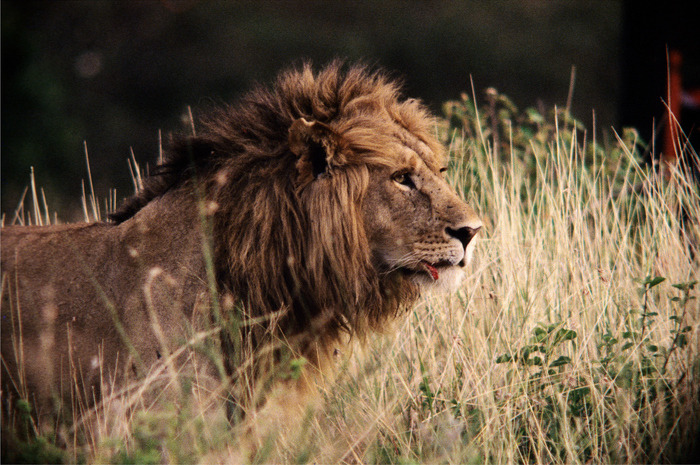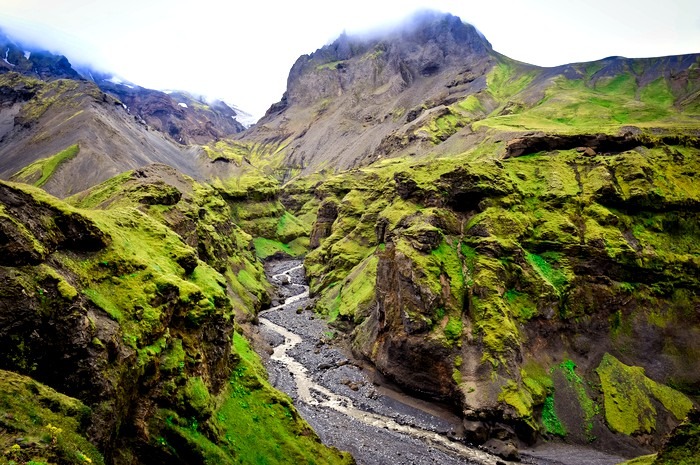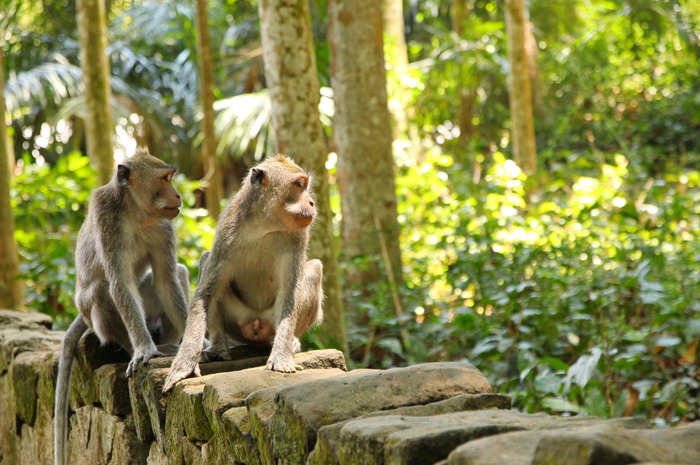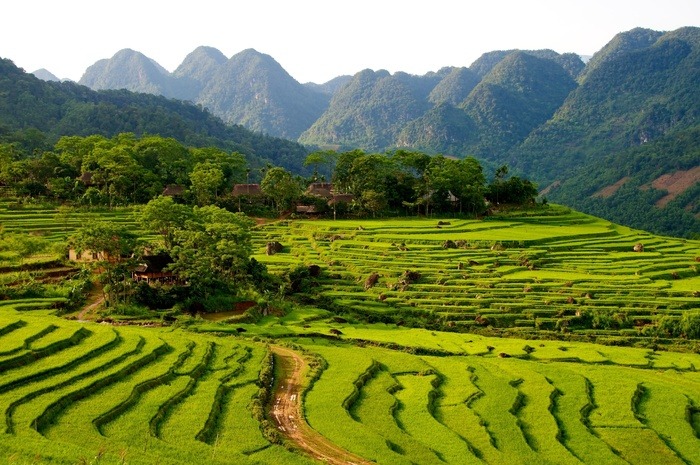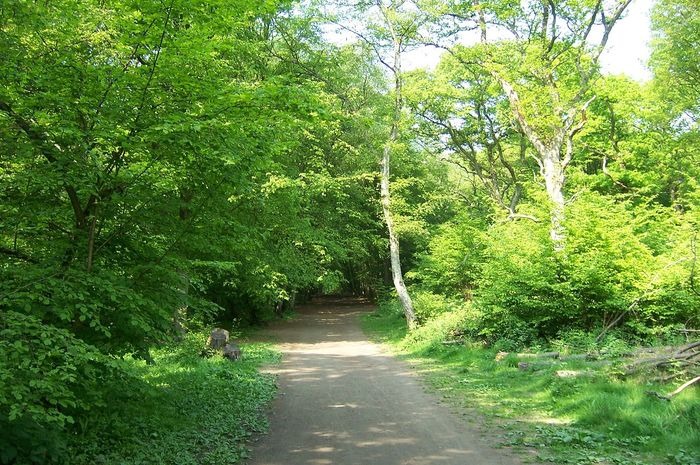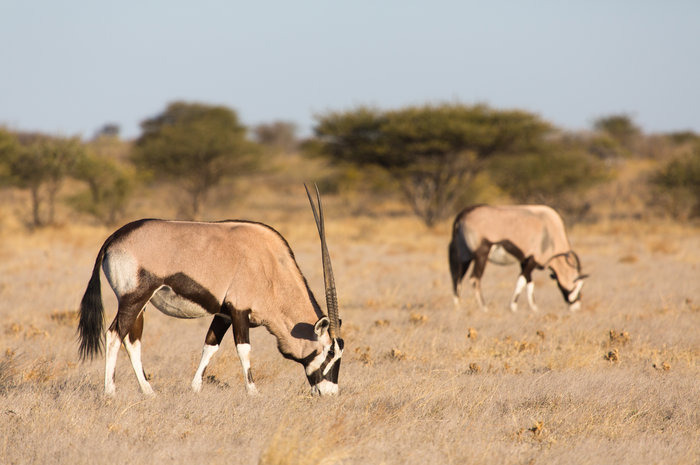The Best National Reserves In The World
The Best National Reserves in the World
Some places on this earth are so incredible that maybe we should just appreciate them from afar. But then again, knowing these places provide pristine environments, beautiful landscapes and a variety of plants and animals, may be reason enough to visit.
There are thousands of protected areas worldwide, each of which target biodiversity. They do what they can to protect their wildlife species, some of which are endangered, flora, fauna and environments.
*Related: The World's Top Places for Animal Encounters
Along with wildlife spotting, most nature reserves allow recreation. Visitors can go hiking, camping and birdwatching.
From Australia's Great Barrier Reef Marine Park to the Wyoming's National Elk Refuge and Russia's Kronotsky National Biosphere Reserve, the best national reserves are located all over the world.
Continue reading for the best national reserves in the world.
Great Barrier Reef Marine Park, Australia
The Great Barrier Reef is the largest living structure on the planet, a World Heritage Area and one of the most complex natural ecosystems in the world. It's known for its colorful reefs and variety of plants and animals. The Great Barrier Reef Marine Park Authority is responsible for protecting the park. According to the Australian Government, "the Marine Park is widely recognized as one of the best managed marine protected areas in the world."
Masai Mara National Reserve, Africa
This reserve is one of the most popular tourist destinations in Kenya, Africa. It is famous for its Masai lions, Tanzanian cheetahs, African leopards and their annual wildebeest's migration. According to Magical Kenya, "there have been some 95 species of mammals, amphibians and reptiles and over 400 birds species recorded on the reserve."
Pitcairn Islands Marine Reserve, UK
According to Pitcairn Islands Tourism, "the global biological value of the marine ecosystems of the Pitcairn Islands is outstanding, and deserves strict protection and recognition." It is one of the largest marine reserves in the world, and authorities spend a great deal of time protecting the reserve's colorful coral reefs and clear waters, which are swarming with sharks, whales and turtles.
National Elk Refuge, Wyoming
For more than 100 years, the National Elk Refuge has been aiming to provide, preserve and restore the winter habitat for Jackson Elk Herd and endangered species. The refuge consists of 24,700 acres of intermountain valley, 47 different mammals and nearly 175 species of birds. View up to 7,000 elk, bison, bighorn sheep, mule deer and more. Tip: Visit during the winter months and go on a horse-drawn sleigh ride through thousands of elk.
Galapagos Marine Reserve
Also known as the second largest marine reserve in the world, the Galapagos Marine Reserve was included in the list of World Heritage Sites for its "enormous ecological, cultural and economic value for the conservation and maintenance of unique species in the world." There are approximately 2,900 existing marine species including whales, dolphins and sea lions.
Labrador Nature Reserve, Singapore
Tranquility, wildlife and natural wonders, are some of the many things you have to look forward to seeing at Singapore's Labrador Nature Reserve. Go bird watching, sightseeing, fishing, take a guided tour and walk along a heritage trail. Explore their rich variety of flora and fauna, and check out the only rocky sea-cliff on the main island of Singapore.
Woodwalton Fen, Cambridgeshire
This reserve provides a refuge for thousands of species of animals and plants. It's only about 500 acres, but it consists of waterways, meadows, woodlands, grass paths and a variety of wildlife. View raptors, water birds, Chinese water deer, otters, shrews and weasels. Also make sure to explore their over 500 species of wildflowers and plants.
Kronotsky National Biosphere Reserve, Russia
This reserve is one of the oldest Reservations in Russia. It was created in 1882 as a preserve for hunting. It houses the world's largest population of Steller's Sea-Eagles and Aleutian sea-swallow. It is also comprised of 58 species of animals and nine species of cetaceous mammals that are on the endangered species list of the Red Book of Russia, according to travelkamchatka.com.
Rutland Water Nature Reserve, Rutland
This reserve is managed by the Leicestershire & Rutland Wildlife Trust and is in partnership with Anglian Water. It is designed as a European Special Protection Area. The water covers a total area of 1,000 acres. Visit the reserve and go bird watching, explore their nature trails and view a variety of wildlife including mammals, reptiles, birds, amphibians and insects.
Chapmans Well Local Nature Reserve, Durham
This is one of the best bird-watching sites in England. The reserve is comprised of numerous marshy grasslands and ponds. It is home to five species of owls and other birds. Capture views of their beautiful wildflower meadows and watch as ponies nibble away as the grasses.
Thorsmork Nature Reserve, Iceland
Also known as Iceland's favorite hiking area, this nature reserve provides visitors with the opportunity to explore steep mountains, creeks, green valleys and wild rivers. It is surrounded by three glaciers – Myrdalsjokull, Eyjafjallajokull and Tindfjallajokull. Some of their most famous hiking trails include Tindfjoll Circle, Merkurrani Plateau and the Fimmvörðuháls hiking trail to Skógar.
Ubud Monkey Forest, Indonesia
This nature reserve is located in Bali, Indonesia. It is also known as the Sacred Monkey Forest Sanctuary. It's a popular tourist attraction, and for good reason. The reserve contains approximately 115 different species of trees and is home to three Hindu temples. But, most importantly, it is home to about 600 monkeys.
Pu Luong Nature Reserve, Vietnam
Enjoy the ultimate beauty and biodiversity in the Pu Luong Nature Reserve. It was established in 1999 and is comprised of mostly tropical forest. Go trekking in the forest, cycling through the reserve and explore small villages. Visitors say the best time to go is during rice harvest season, from September to November or February until May.
Ruislip Woods National Nature Reserve, London
This reserve is the largest block of ancient, semi-natural woodland in Greater London. It is comprised of ponds, streams, grassland and marshland. View their bird species, wildflowers, flora and fauna, and variety of mammals, some of which include cattle, fox, badgers and hedgehogs.
Central Kalahari Game Reserve, Botswana
At approximately 52,800 square kilometers, this nature reserve is home to a diverse range of habitats, some of which include fossil river valleys, clay pans, woodlands and vegetated sand dunes. Visitors have the chance to explore the reserves many ecosystems and one of the most unique arrays of biodiversity in Africa. Look out for wildebeest, giraffes and many different bird species.
